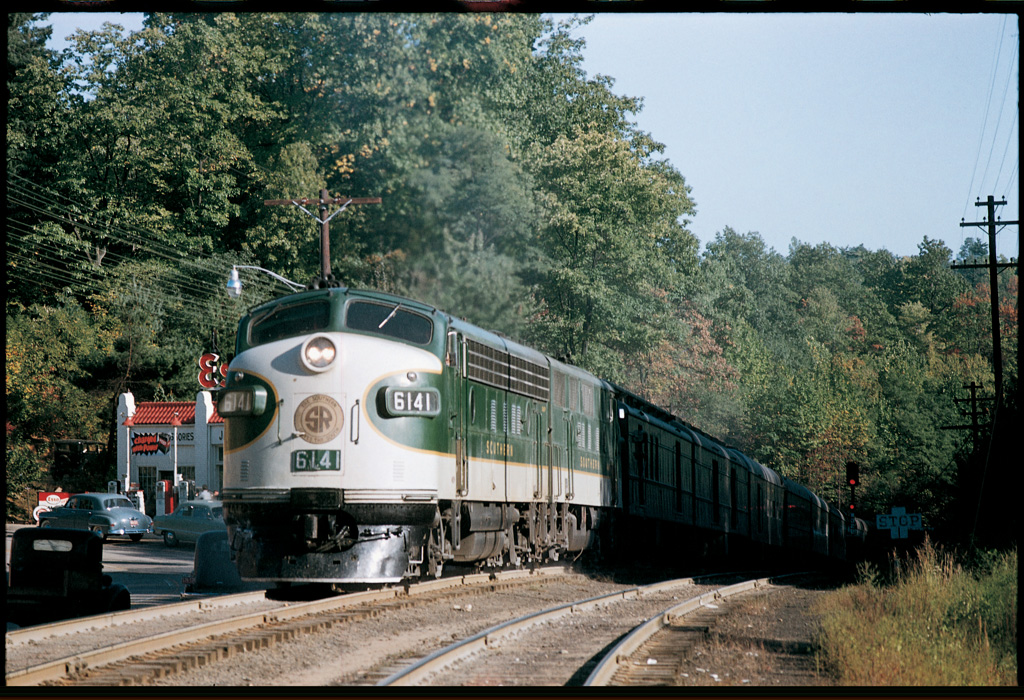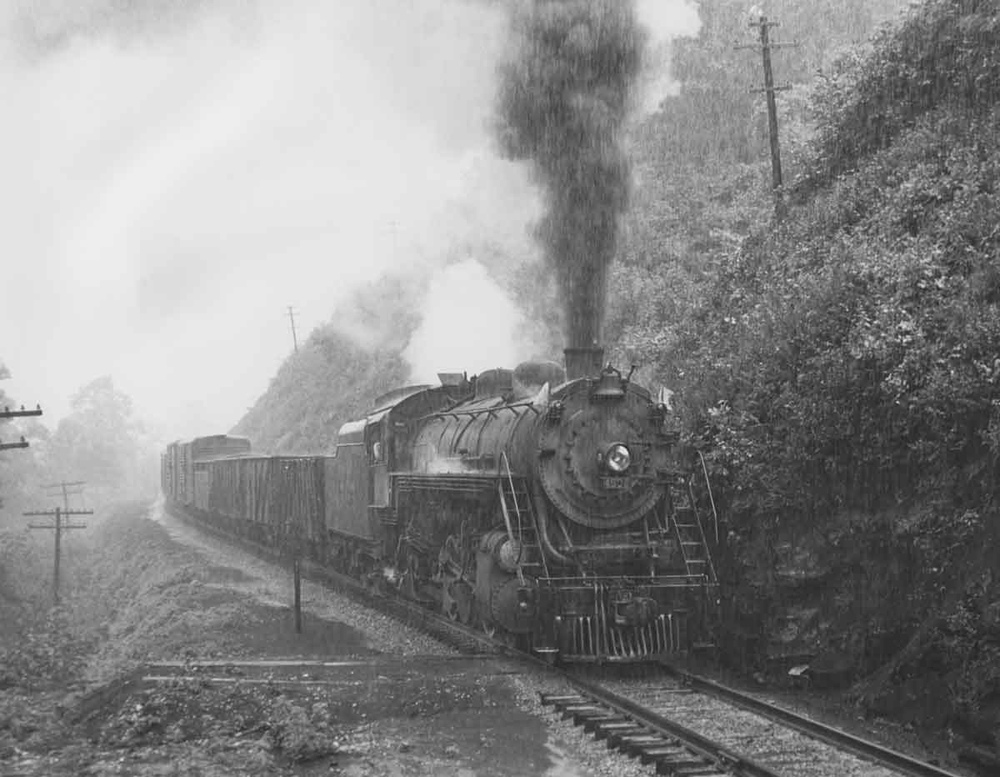
GREENVILLE, S.C. — Three non-profit groups say they have made an offer to Norfolk Southern buy the right-of-way of the inactive Saluda Grade — when active, the steepest main line in America, averaging a 4.7% incline with a brief stretch of 5.1% grade — with plans to turn it into a 31-mile rail trail.
The groups Upstate Forever, PAL (Play, Advocate, Live Well), and Conserving Carolina, say the trail would run from Inman, S.C., to Zirconia, N.C., passing through the communities of Gramling, Campobello, Landrum, Tryon, and Saluda. About 16 miles would be in South Carolina and 16 miles in North Carolina.
An outline of the plan on the Upstate Forever website says the trail “would make our communities better places to live, with more economic opportunity and more ways to explore the beautiful countryside” and says it would serve as “an economic engine to attract tourists, strengthen local businesses, and grow the local tax base.”
The groups say “negotiations are ongoing” with NS.

“Saluda Grade Trail will be an extraordinary recreational amenity for the residents of our region and could become a hub for a burgeoning network of connecting parks, trails and greenways across several counties,” Kieran Roe, executive director of Conserving Carolina, said in a press release. “The trail will also help preserve and promote awareness of the remarkable history of the Saluda Grade railroad, a 19th-century engineering marvel that was key to the growth and development of this part of the Carolinas.”
Norfolk Southern, in a statement to Trains News Wire, said it “regularly receives inquiries regarding the status of many of our strategic assets, including on corridors like the Saluda Grade. Out of respect for the inquiring parties, we do not provide any detailed information regarding these inquiries.”
NS historically has preferred to railbank routes rather than abandon them, and the Saluda Grade is no exception. The rails, while rusted and overgrown, remain in place. The late Jim McClellan, then NS senior vice president of planning, said in 2003 there was little cost in leaving the line in place and little to gain from abandonment: “Many of these lines actually have a net liquidation value that’s negative, after the environmental mitigation.” [See “Saluda Grade future: Possibilities for Southern’s mighty incline,” Trains.com, April 5, 2022].
The route saw its first through train in 1878, and its last on Dec. 9, 2001, when NS discontinued through service between Asheville, N.C., and Spartansburg, S.C. Considered the most dangerous stretch of mainline railroad in the country, it saw 14 men killed in 1880 alone; Southern Railway built two escape tracks for runaways in 1903, and NS operating instructions were so detailed that they covered six pages in the Piedmont Division timetable in effect at the time the route was closed.
The railroad subsequently sold a portion of the line, from Asheville to East Flat Rock, N.C., near the South Carolina border, to Watco, which operates it as part of its Blue Ridge Southern Railroad [see “Watco wins bid for North Carolina branches, famed Saluda route severed,” Trains News Wire, May 14, 2014].














Prob a pretty safe bet that trains will not be running those steep rails anytime soon. Way too dangerous, and moreover, routing not needed. Tax write-off donating it?
Grades of 4.7 to 5.1 percent are pretty steep. The Hiawatha Trail grade in Montana/Idaho is about 2.2 percent. At just 2.2 percent, going uphill can be tiring. Going downhill is a breeze.
My question is this, will they have runaway ramps for bikes?
So true Chris. Yesterday I rode the Lamoille Valley Rail Trail (former St. J. and L.C.) from St. Johnsbury VT to Danville about 11 miles. It took me about 1 1/2 hours to climb the 2% grade and about 45 minutes to get back down. Yeeha!!
Wasn’t the line over Saluda closed for a while in the 1990s?
Personally, I would love to take one of those rail bike/scooters down that 4.7% grade. Now that would be fun AND scenic!
It would be a hell of a roller coaster ride!!!
Totally agree with Gerald McFarlane we need more rails not less .Just returned from Europe and they believe in more rail not less.Countries are much cleaner and greener.
Find someone interested in running excursion service and perhaps bridge freight if needed…no more rails to trails, ever. We should switch to exclusively rails WITH trails, and codify by law that no more railroad track can be abandoned.
And if we had such a law say 100 years ago all the railroads would be bankrupt and all the lines would be rail trails.
Whatever shape a possible agreement will look like, you can bet that NS will insist on a clause that will result in the line being rebuilt if the need becomes necessary either for NS or another rail carrier.
Exactly. And in these transactions, the holding carrier enjoys significant property tax abatements.
Doubt the underlying ROW will be sold or donated. Experience has shown that in most cases, access is granted/funded for trails. Carriers are reluctant to give up full rights to the real estate.
So noted, in general, but this may be an exception to the general rule. My guess is NS would be glad to get rid of it, if it could unload the R/W “as is”, with the purchaser responsible for rail and tie removal and for environmental mitigation.
Except for CSX in Indiana. They cant shed the Monon to New Albany fast enough
BNSF has a similar thing, called Homestake Pass….though, talks of reviving passenger service thru southern Montana may (don’t hold your breath) give it new life….
If it’s never going to be activated again, do the right thing NS and donate it instead of letting such an historical stretch of railroad sit there and rot. Let the non-profits keep Saluda’s legacy alive.